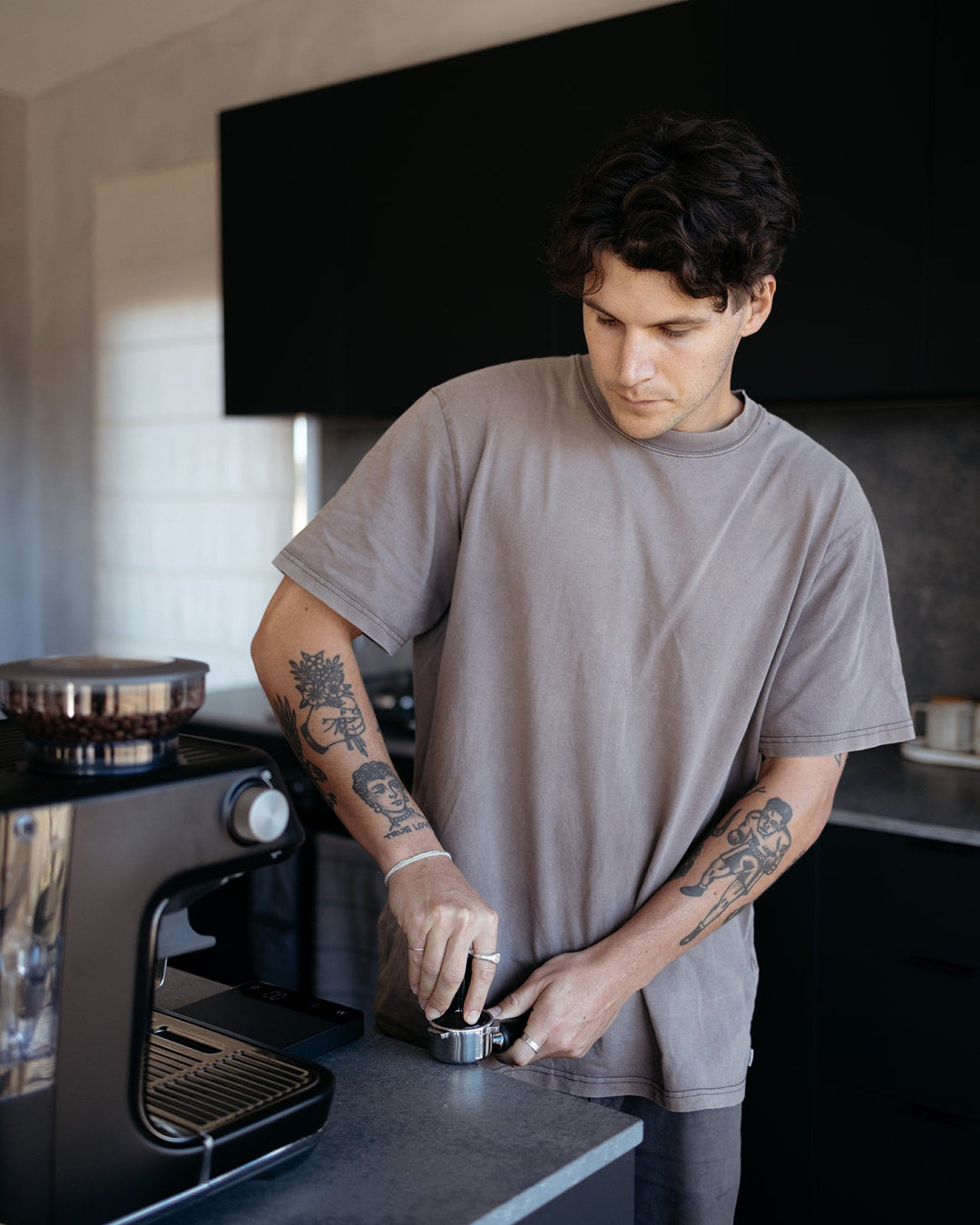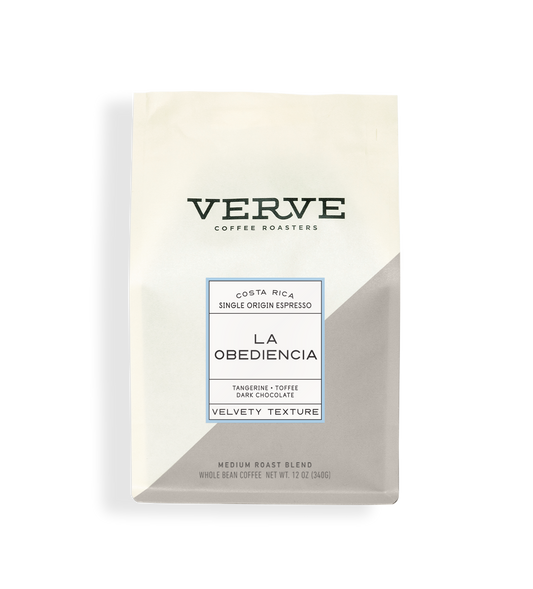What Makes SOE Single Origin Espresso Unique from Mixed Roasts
What Makes SOE Single Origin Espresso Unique from Mixed Roasts
Blog Article
Coffee Beans 101: Whatever You Required to Know About Espresso and Blended Coffee Beans
When it involves coffee, comprehending the subtleties of coffee and combined beans can transform your day-to-day mug. You'll uncover the unique qualities of Arabica and Robusta beans, and just how each influences flavor and high levels of caffeine web content. From the growing process to roasting strategies, every action contributes in your coffee experience. So, what makes the excellent brew? Let's check out the important elements that contribute to an outstanding mug of coffee.
Recognizing Coffee Beans: Selections and kinds
When diving right into the globe of coffee, recognizing the kinds and varieties of coffee beans is crucial for every single lover. You'll largely run into two major varieties: Arabica and Robusta. Arabica beans are recognized for their smooth, complicated tastes and reduced high levels of caffeine web content, making them a favored amongst coffee connoisseurs. On the other hand, Robusta beans load a strike with a stronger, extra bitter taste and greater high levels of caffeine levels, usually utilized in coffee blends.
Within these species, you'll discover numerous regional varieties, each bringing unique characteristics. Ethiopian Yirgacheffe uses bright floral notes, while Colombian beans give a well-balanced taste profile. As you explore, keep in mind to take notice of handling methods like cleaned or all-natural, as they can greatly influence the last preference. By familiarizing on your own with these beans and their flavors, you'll elevate your coffee experience and make even more enlightened selections in your brewing journey.
The Expanding Refine: From Seed to Bean
When you check out the trip of coffee, it all beginnings with seed option strategies that establish the structure for top quality. From there, cultivation and harvesting play necessary duties in making sure the beans prosper. Ultimately, processing approaches change those gathered cherries right into the coffee beans you love.
Seed Choice Methods
Picking the ideal seeds is crucial for generating top notch coffee beans, as it lays the structure for the entire growing procedure. You should start by choosing seeds from trustworthy sources that focus on top quality and hereditary variety. Look for ranges recognized to prosper in your particular environment and dirt problems. Take notice of the seed's age and storage space conditions, as fresh seeds have a tendency to germinate much better. When feasible, choose organic seeds to minimize exposure to harmful chemicals. Consider the disease resistance of different varieties, as this can substantially affect your yield. Do not wait to consult with regional farmers or professionals to acquire understandings into the ideal seed options for your region. This understanding will enhance your coffee-growing experience.
Farming and Harvesting
As you nurture your coffee seeds right into prospering plants, understanding the growing and harvesting procedure is important for attaining the most effective taste and top quality. Start by planting your seeds in well-draining soil, ideally in a shaded location to shield them from direct sunshine. As your plants expand, maintain constant wetness, and be mindful of their need for nutrients. Trim on a regular basis to advertise air flow and healthy and balanced growth.
When it comes time to harvest, seek ripe cherries, which usually transform a vivid red. Hand-picking is commonly the very best approach to assure just the ripest cherries are chosen. Timing is crucial; gathering prematurely or far too late can affect the flavor account of your beans. Accept perseverance and treatment, as this is where quality starts.

Processing Approaches Clarified
Once you have actually collected your coffee cherries, the following crucial step is processing them to transform those vibrant fruits right into the beans you'll make. There are two major methods: the damp procedure and the completely dry process. In the completely dry process, you spread the cherries out in the sun to completely dry, allowing the fruit to ferment and pass on special tastes to the beans. On the various other hand, the wet process involves eliminating the fruit immediately and fermenting the beans in water, causing a cleaner taste. After handling, the beans are hulled, sorted, and usually dried again. Each method affects the flavor profile, so experimenting with both can help you discover your favored mixture. Understanding these approaches is vital to enjoying your coffee experience.
Roasting Methods: How Flavor Is Created
When it concerns toasting coffee beans, recognizing roast degrees is key to revealing their distinct tastes. Each toasting strategy impacts the fragrance and improves the taste advancement procedure, giving you a richer coffee experience. Let's discover exactly how these variables collaborated to boost your everyday brew.
Roast Degrees Clarified
Roast levels play a crucial function in shaping the taste profile of your coffee. When you choose a light roast, you'll enjoy brilliant acidity and fruity notes. As you transfer to a tool roast, you'll discover an equilibrium of sweetness and intricacy, commonly highlighting chocolate or caramel flavors. Dark roasts, on the other hand, deliver vibrant, smoky attributes with less acidity, making them robust and rich. Each level results from various roasting times and temperatures, influencing the beans' chemical composition. By understanding these degrees, you can better pick a coffee that matches your preference preferences. Experiment with different roasts to discover which one reverberates with you, boosting your general coffee experience and enjoyment.
Effect On Scent
The roast degree not only influences the taste of your coffee but additionally greatly influences its scent. Each toasting technique launches various unstable compounds, forming just how your coffee smells. Additionally, the quality of the beans plays a critical duty; fresh baked coffee launches a lot more fragrant oils, improving that enticing fragrance.
Flavor Development Process
As you check out the flavor development procedure, you'll discover that toasting techniques play an essential duty in forming the preference profile of your coffee. The roasting temperature and time straight influence the level of acidity, sweetness, and anger of the beans. Light roasts retain even more of the bean's initial tastes, highlighting fruity and floral notes.
Espresso vs. Blended Coffee: Secret Distinctions
Coffee and blended coffee each deal special experiences that accommodate various preferences and preferences. Coffee is a focused coffee brewed by compeling warm water through finely-ground coffee beans, resulting in an abundant, vibrant flavor and a creamy layer of crema on top. It's typically appreciated as a shot or utilized as a base for beverages like cappuccinos and cappucinos.
On the various other hand, combined coffee incorporates various beans from different areas, developing a more well balanced flavor profile. You'll often find blends that highlight level of acidity, sweetness, or body, making them functional for different developing methods. While coffee concentrates on intensity, mixed coffee may supply a broader array of flavors that can change with each sip.
Eventually, your selection in between coffee and mixed coffee boils down to your personal choice. Whether you long for a leisurely cup or a fast shock, both alternatives have something tasty to supply.

Brewing Methods: Unlocking the Perfect Mug
When it comes to brewing coffee, discovering the right method can transform your experience and raise your cup. Each developing technique has its unique charm and can significantly affect your coffee's taste and aroma. As an example, utilizing a French press allows you to take pleasure in a rich and full-bodied mixture, while a pour-over method gives a tidy, brilliant cup with distinct flavors.
If you choose coffee, purchasing a quality machine can help you grasp the art of drawing shots. Alternatively, for benefit, a single-serve hull system provides rate without compromising taste.
Do not fail to remember concerning cold brew, which delivers a smooth, much less acidic coffee perfect for hot days. Explore different techniques to find what reverberates with your taste buds. Each developing method opens a brand-new globe of opportunities, so take the time to explore and find your ideal mug. Satisfied developing!
Sampling Notes: Determining Taste Profiles
Exactly SOE how can you genuinely appreciate your coffee if you do not understand what flavors to seek? Sampling notes are your guide to recognizing the complicated world of coffee. Pay attention to the first tastes that hit your taste buds when you sip. You might identify fruity notes, like berry or citrus, or probably a nutty touch. As you remain to taste, see exactly how the tastes advance-- this is referred to as the "coating." Some coffees may leave a chocolatey or sugar aftertaste, while others may have a brilliant, tidy finish.
Consider the body of the coffee, also; is it ventilated and light or thick and syrupy? Don't neglect acidity; a brilliant acidity can include vigor, while a low acidity could offer a smoother experience. By recognizing these flavor profiles, you'll strengthen your connection with each cup, making coffee tasting a wonderful trip of exploration.

Tips for Selecting and Storage Coffee Beans
Picking and saving coffee beans properly can significantly boost your brewing experience. Begin by picking top quality beans that fit your preference. Try to find quality; beans baked within the last two weeks are perfect. Check the roast date on the product packaging, and purchase from regional shops or trustworthy roasters.
When you have your beans, keep them in an impermeable container to avoid exposure to dampness, air, and light. A dark, amazing area works best, so prevent maintaining them in the refrigerator or freezer, as this can present wetness. Only grind the amount you need to preserve freshness; whole beans keep taste longer than pre-ground coffee.
Finally, attempt to utilize your beans within 2 to four weeks after opening up for peak taste. Complying with these suggestions will assure your coffee remains pleasurable and flavorful, elevating your daily mixture to brand-new elevations.
Frequently Asked Concerns
The Length Of Time Do Coffee Beans Stay Fresh After Toasting?
Coffee beans stay fresh for concerning 2 weeks after roasting - SOE. You ought to save them in an impermeable container, away from light and moisture. After that, their flavor and fragrance start to diminish substantially

Can I Mix Different Coffee Bean Varieties?
Definitely, you can blend different coffee bean ranges! Trying out blends can improve flavors and create an unique preference account. Just make sure to stabilize the staminas and characteristics of each selection for the ideal outcomes.
What Is the Ideal Work Size for Espresso?
For espresso, you'll desire a fine work dimension, about the appearance of salt. This allows suitable extraction, resulting in an abundant, tasty shot. Experiment a little bit to locate what matches your taste best!
Exactly How Does Altitude Affect Coffee Bean Flavor?
Elevation influences coffee bean taste by influencing the growth rate and chemical make-up. Greater altitudes cause slower growth, which boosts acidity and intricacy, giving your coffee a one-of-a-kind and lively taste you will not fail to remember.
Are There Decaffeinated Versions of Espresso Beans?
Yes, there are decaffeinated variations of espresso beans. You can enjoy an abundant espresso flavor without the high levels of caffeine kick. Just look for "decaf" blends at your regional coffee bar or specialized shop.
Coffee Beans 101: Whatever You Required to Know Regarding Espresso and Blended Coffee Beans.
When diving into the world of coffee, recognizing the types and varieties of coffee beans is essential for every lover.When it comes to toasting coffee beans, recognizing roast degrees is vital to disclosing their unique flavors. Espresso is a focused coffee made by forcing hot water through finely-ground coffee beans, resulting in an abundant, vibrant flavor and a luscious layer of crema on top.On the other hand, blended coffee incorporates different beans from various areas, developing an extra balanced flavor profile.
Report this page